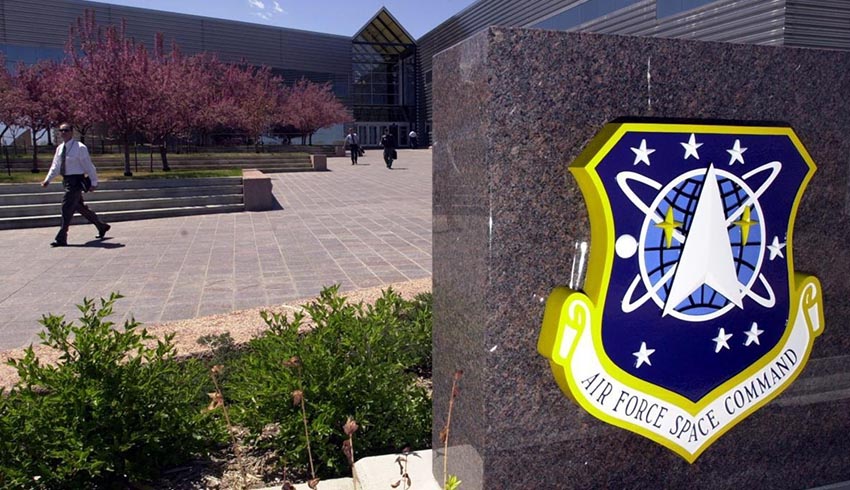
In the organisation’s latest annual report, DOT&E Robert Behler said the military was now unable to assess the durability of its satellites if they came under attack.
That’s changing with DOT&E looking to stand up comprehensive test procedures and infrastructure for assessing space systems.
Behler said the Department of Defense planned to invest at least US$100 billion ($149 billion) in space systems over coming decades.
Others including Australia were also making large investments in space.
“We therefore must thoroughly understand how our systems will perform in space, particularly when facing man-made threats,” he said in the introduction to the report.
“Yet, the DOD currently has no real means to assess adequately the operational effectiveness, suitability and survivability of space-based systems in a representative environment.”
DOT&E is well known for its uncompromising assessment of the shortcomings of major US defence programs such as the F-35 Joint Strike Fighter.
The US Congress created this office in 1983 to provide an independent assessment of performance of major weapon systems.
Much of the latest report applies beyond the US military.
Behler noted that cyber security presented enormous challenges for the DOD.
Software and networks drive warfighting, training and business capabilities, and almost every weapon in the warfighter’s arsenal was software defined.
“…we are likelier to improve system lethality by installing new software than by modifying hardware. As always, accurate, trusted, timely information is the discriminator on the battlefield, but now all of it – data, voice, video – traverses a digital medium of some kind,” he said.
“This dependence on software and networks makes cyber security [test and evaluation] absolutely essential: a system cannot be deemed combat credible and survivable without understanding its cyber security posture.”
DOT&E has improved the realism and relevance of cyber tests and assessments.
“We repeatedly have identified cyber security threats and vulnerabilities as a major reason for determining a system was not survivable. However, overall, the DOD’s ability to test and evaluate cyber security is not keeping pace with the extremely high volume of complex systems and the aggressiveness of adversary attacks,” he said.
DOT&E is now trying to figure out how to test space systems.
“Space is critical to the nation’s security, economic prosperity, and scientific knowledge – and is now unquestionably a warfighting domain,” he said.
Behler said DOT in conjunction with the US Defense Department’s Test Management Resource Centre (TRMC) was actively pursuing creation of a space systems test capability.
This enduring infrastructure would enable test and evaluation of current and future DOD space systems by way of a space warfighting combined test force using a ground-based National Space Test and Training Range.
That would include cyber, directed-energy, kinetic and electronic warfare threats, as well as natural hazards.
“This multi-layered space [test and evaluation] capability is key to the DOD’s being able to demonstrate the true functionality, limitations, survivability and employment considerations of space systems,” he said.
“It would enable validation of space-based warfighting TTPs (tactics, techniques and procedures) and development of multi-domain operating concepts. It also would provide more effective warfighter training, directly supporting the Secretary of Defense’s call for greater force readiness.”
Receive the latest developments and updates on Australia’s space industry direct to your inbox. Subscribe today to Space Connect here.









